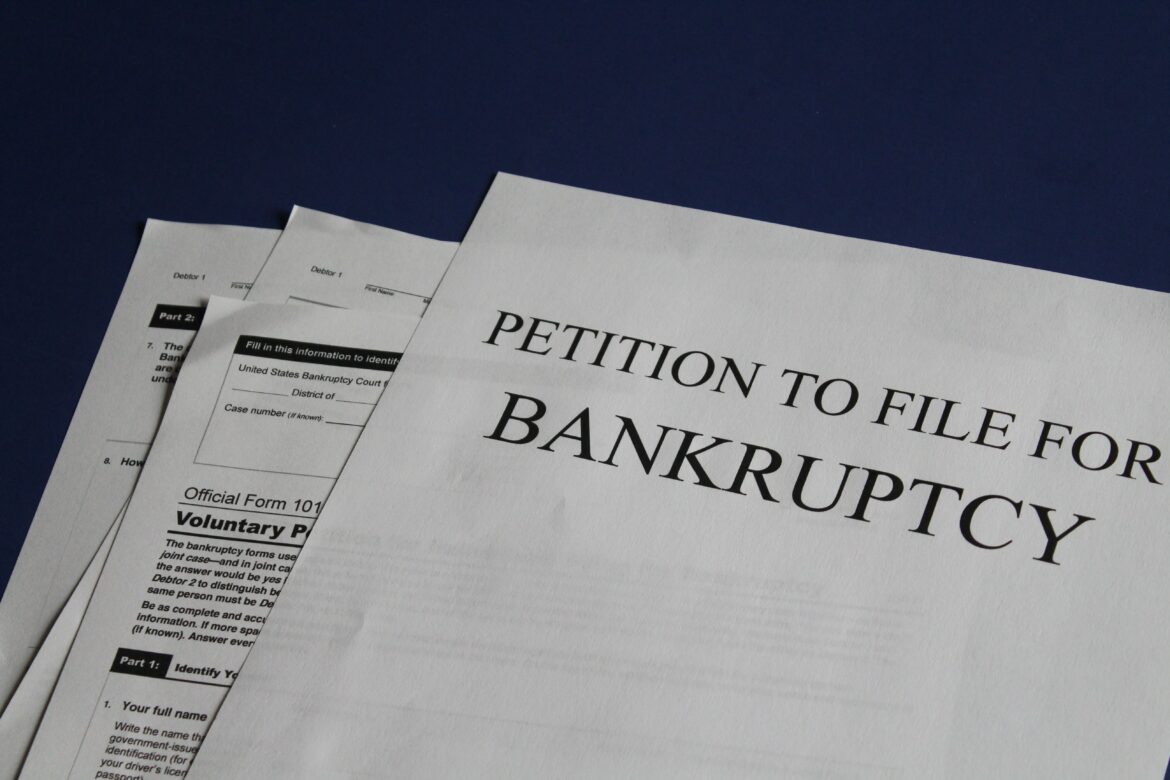Queensland company directors should be on high alert as the state’s corporate insolvencies begin to return to pre-pandemic levels and the Australian Taxation Office (ATO) ramps up compliance-based debt recovery as it focuses on protecting the revenue for the federal government.
New figures released by the Australian Securities & Investment Commission (ASIC) have revealed June 2022 saw the highest number (108) of Queensland companies entering insolvencies, external administration and controller appointments since March 20201.
The construction industry led the recent cases (27 per cent) followed by accommodation and food services (19 per cent).2
RSM Brisbane Managing Partner Steve Healey said these figures, combined with a recent surge in ATO-issued Director Penalty Notices (DPN), could mean potential financial ruin for directors of small and large Queensland businesses alike.
“With the number of insolvencies on the rise, and the ATO making it more difficult for directors to avoid personal liability through a company payment arrangement, the stakes for personal financial ruin are even higher for all directors,” Mr Healey said.
“In recent years we’ve seen the ATO apply the brakes on practical compliance and DPNs and instead focus on supporting businesses through its administration of initiatives like JobKeeper and the cash flow boost.
“As recent ATO activity has shown however, this phase of the pandemic cycle has well and truly come to an end, and the ATO is again aggressively pursuing companies for non-compliance related to PAYG withholding tax, superannuation contributions and GST.
“The Federal Government is now dealing with trillions of dollars of debt3 and an increasing interest rate environment, in the face of soaring inflation.
“As debt subsequently becomes more expensive and we enter what’s expected to be a rough economic patch, it comes as no surprise the ATO will be protecting the revenue.”
With multiple tax performance programs within the ATO – Top 100 Justified Trust, Top 100 Taxpayers, Top 500 Private Group, Top 1000 Combined Assurance and Next 5000 Private Group – Mr Healey said the personal liability of directors within these programs is amplified, with payment arrangements for certain tax debts being increasingly difficult to be granted.
“We’re now seeing the ATO using very sophisticated software with artificial intelligence and analytics to identify who it’s going to be targeting, but it’s only a matter of time before they come knocking on the doors of the businesses who fall within the tax performance programs,” Mr Healey said.
“With the recent collapses of multiple building and construction companies, it’s highly likely there will be a much closer look into property developers and builders who occupy these programs, with an increase in DPNs being issued subsequently increasing the number of companies we will see enter administration.
“At the end of the day, the ATO’s purpose is to protect the revenue of the nation, and whilst it has an underlying approach to compliance that taxpayers are generally obliging by the law – often referred to as light touch compliance – publicly listed, privately owned and wealthy private groups need to be very mindful of upholding these requirements.”
Another recent report by the ATO has revealed Queensland has the third largest shadow economy tip-offs registered with more than 9,200 recorded in the 2021-22 financial year, behind New South Wales and Victoria.
Building and construction, road freight transport and consulting services were among the industries that recorded the largest incidences of tip-offs.
